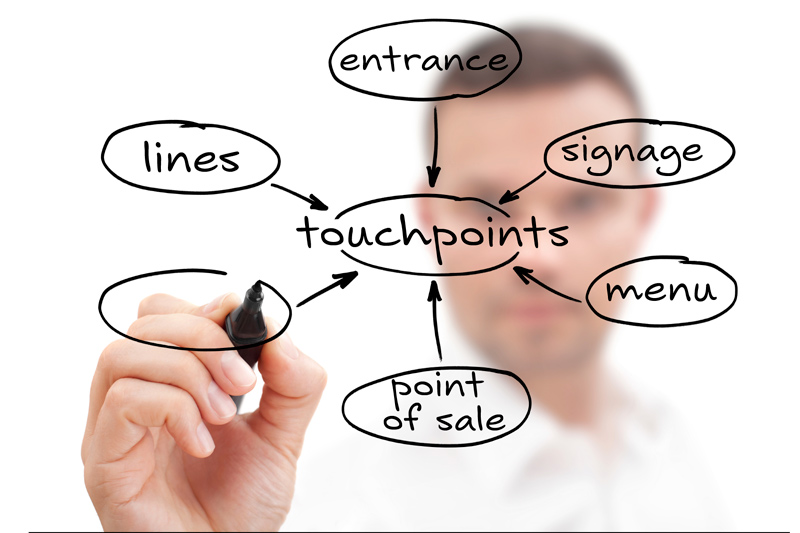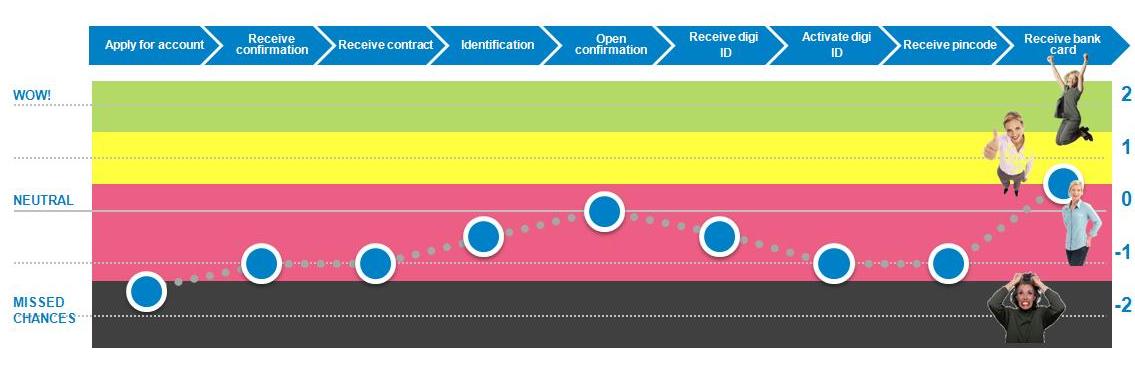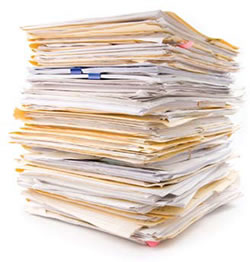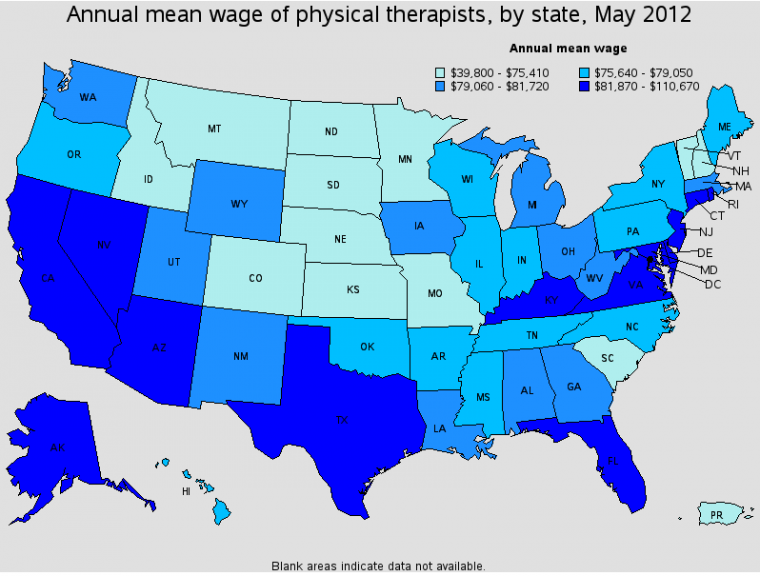
My attention wandered. Again! I’m having alot of difficulty getting this blog post written. Every time I get my thoughts organized and get into the groove of writing, something pulls my attention away. Hey, look! A new Facebook notification, a new email, a to-do list reminder… it’s no wonder nothing is getting done.
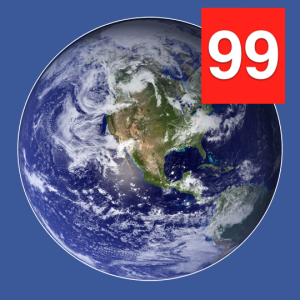
I’m pretty sureI’m not alone here. A quick review of the relevant literature reveals that this is not just a common problem, but an epidemic among knowledge workers. I suspect this may be even harder for those of us who are in workplaces with constant human interactions to also distract us.
Just how often do we get distracted?
According to business research firm Basex, interruptions cost the US economy more than $650 billion per year. Jonathan Spira, the chief analyst at Basex, recently compiled an update of research based on surveys and interviews with professionals and office workers. They reported that 28% of their time was spent on interruptions and ‘getting back on task’ after the disruption of their attention.
OK, so we get distracted alot. So what?
Research has shown that interruptions can increase task performance time. This is primarily because it takes time to get back into the flow of the interrupted task. Recent research by Microsoft reveals just how much notifications can disrupt your workflow. By tracking all of the computer activity of 27 users over a 2 week period, they quantified how much work was accomplished on primary tasks and the impact of interruptions on the time it took to perform them. They found that participants spent an average of 10 minutes on switches caused by notifications. Strangely, workers typically not only visited the notifying application, but also several others before getting back to work.
What was the impact?

The workers took, on average, took a total of 15 minutes to return their attention to their primary task. This is bad enough, but consider also that 27% of interruptions resulted in more than two hours of time lost before resumption of the primary task. Combined with a variety of other research that indicates that multi-tasking increases the amount of time to complete tasks, the evidence is clear. Those notifications aren’t just a way to make you more aware of the incoming information. They are a mechanism that invariably pulls you off task and makes getting things done more difficult.
What to do? Turn notifications off!
Email, Facebook and Twitter aren’t meant to be instantaneous forms of communication. By clustering your interaction with these communication forms, you can create blocks of focused time where you can get more accomplished. This is a simple, but valuable time management strategy. Your distracting friends can always text you if they need something right now. Maybe we’ll need to turn that off next.
References
Iqbal S, Horvitz E. Disruption and Recovery of Computing Tasks: Field Study, Analysis and Directions. CHI 2007.
Mark G, et al. No task left behind?: examining the nature of fragmented work. CHI 2005, 321 - 330.
Spira J. The Cost of Not Paying Attention: How Interruptions Impact Knowledge Worker Productivity. Basex. 2005.


